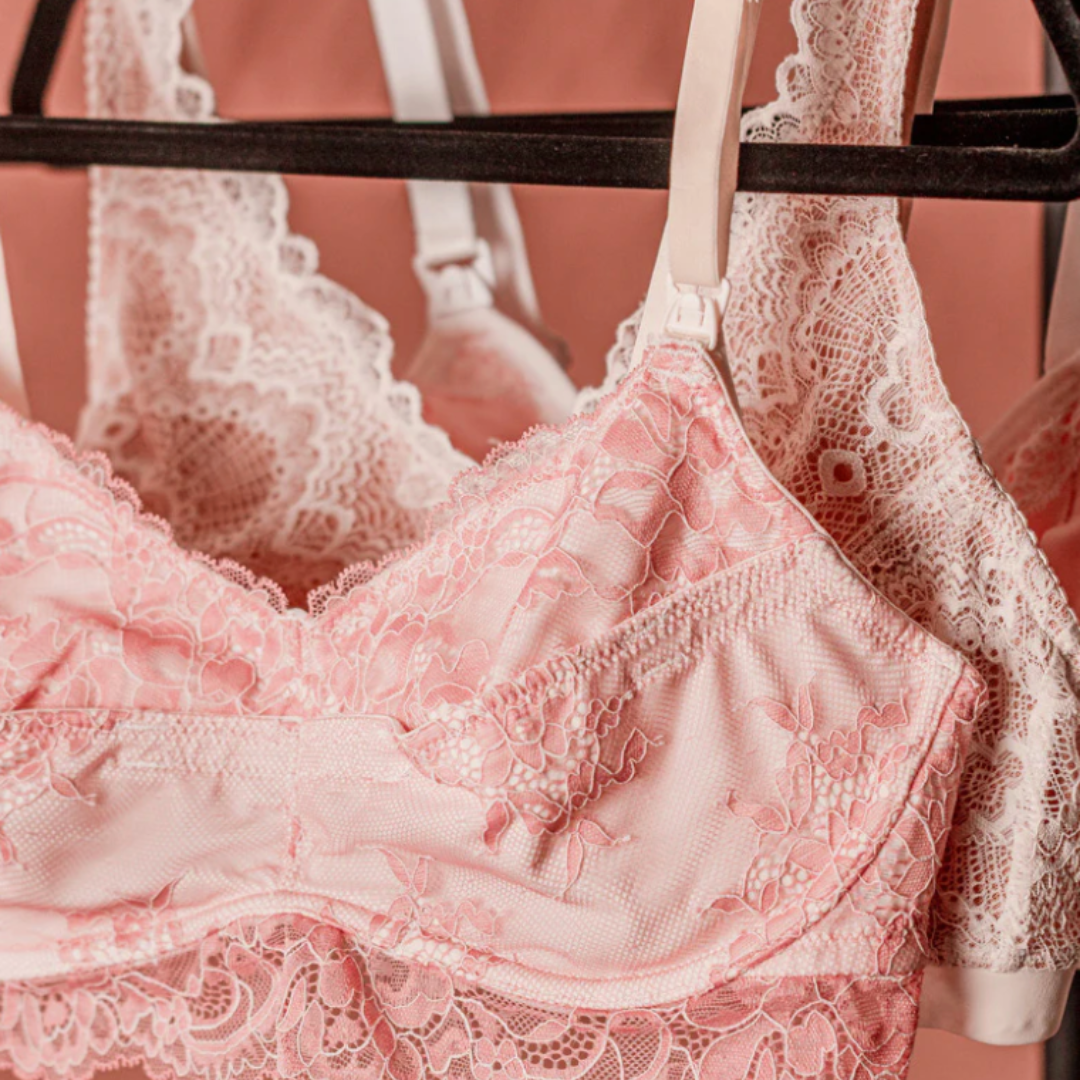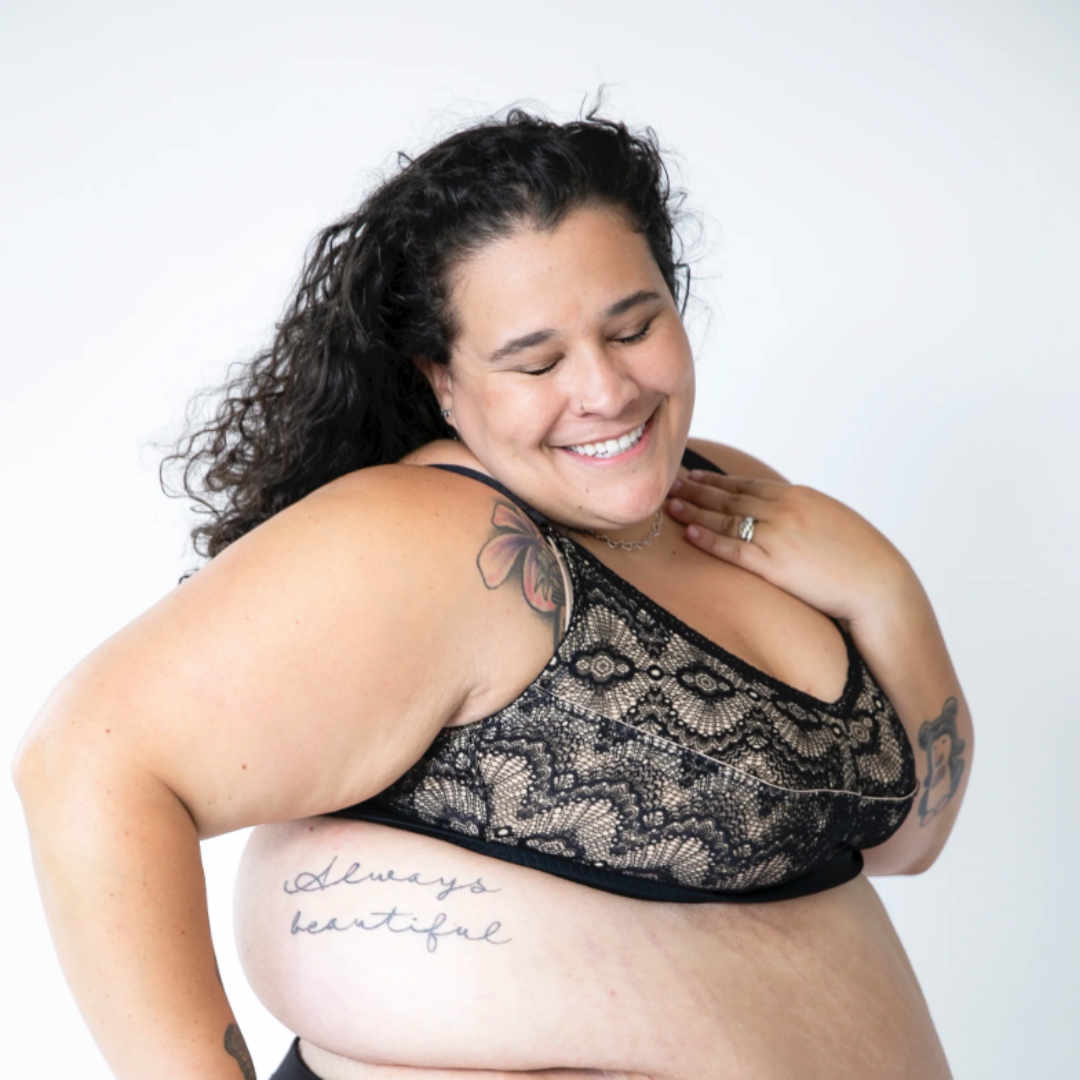Breastfeeding is an amazing gift that many women get to enjoy with their children. It's a gift that only you can give your child, but there's a lot to learn. It can be overwhelming at times but extremely rewarding. The more you know about breastfeeding, the more comfortable you will feel in the fourth trimester as you and baby start this breastfeeding journey together.

What are the Benefits of Breastfeeding?
Breastfeeding research has shown that consistent breastfeeding in babies has lowered the risk for certain infections and diseases early on. According to the American Academy of Pediatrics, breastfeeding protects against a variety of diseases and conditions. Some of these include:
- asthma
- ear infections
- diarrhea
- eczema
- type 2 diabetes
- childhood leukemia
- ear infections
- Sudden Infant Death Syndrome (SIDS)
- intentional skin-to-skin time
- lower rates of breast cancer hormones
- better jaw development
- less likely to get cavities
- less to pack in the diaper bag
- delays the return of menses
- environmentally more friendly
Breastfeeding is also extremely helpful with digestion. Your breastmilk is specifically made for your baby and is the most comfortable on their little stomach. The colostrum is thick milk made after birth is perfect for your developing baby’s digestive system. A Baby’s digestive system, like other systems, is still immature at the time of birth. Human milk is the ideal and biological norm. It’s the ideal nutrition as their system matures. It has tons of nutrients, vitamins, and minerals to make the baby grow strong. It's wonderful for the baby's immune system as well!
It's also extremely convenient. Nursing straight from the breast provides warm milk that's always available. There's no need to prepare a bottle or heat any infant formula.
A major benefit of breastfeeding your baby is the cost. You don't have to pay anything except maybe a comfortable nursing and pumping bra, some milk storage bags, and a pump if you choose to go that route. Want to try The Dairy Fairy Bras? Check these out and see how amazing they are to use while breastfeeding.
Not only is breastfeeding convenient and free, but it's also a great way to bond with the baby. Your baby will feel safe and secure in your arms as it eats. The skin-on-skin contact creates a strong bond and boosts oxytocin in both of your bodies! You'll feel a great sense of calm.

How Much Milk Does My Baby Need?
When babies are first born, their tummies are very small. It doesn't take much to fill them up, but this will change quickly as they grow. Your body is made to make enough milk for the baby each day. Newborns will eat anywhere from 8 to 12 times a day. This can be frustrating for new mothers at first, but the number of feeds goes down in time.
Nursing or pumping 8 to 12 times a day will tell your body how much milk it needs to make for baby. One way to tell if your baby is getting enough milk is to pay attention to their dirty diapers. Look for plenty of wet diapers and a yellowish-colored poop in those early days. You'll want to look for 1 wet and 1 soiled diaper for each day of life. That means, day 1: 1 wet and 1 soiled, day 2: 2 wet and 2 soiled. To count as a soiled diaper you'll want to see a stool the size of a quarter. After four days old, expect to see 4 soiled diapers and 5-6 wet ones within 24 hours.
You will also know that baby is getting enough milk if they are content after feedings, your breasts feel soft and emptied after feedings, and your baby is gaining weight. Keep in mind, that your breasts are never truly "empty", they will just feel less full after a feeding.

How is Breastmilk Made?
Your body has already started to prepare to feed a baby with milk during pregnancy. The tissue in your breasts will increase and your breasts will become fuller and potentially more tender as the months go on. Once you have your baby, the pregnancy hormones will go down and the lactation hormones will go up. The hormone sends a message to your body and your breasts that it's time to make milk. The combination of the hormone and baby suckling will help your milk come in. The more baby feeds (or you pump), the more milk you will make. This is a natural process, but sometimes takes time and tons of patience.
What is the Difference Between Colostrum and Breast Milk?
Throughout your breastfeeding journey, your body will make three types of milk. Each one plays a different part in nourishing your child's body.
Colostrum is the first milk produced by your breasts after the baby is born. This milk appears yellowish in color and is very thick. This will keep the baby happy and content in those first few hours and days until your mature milk comes in.
Transitional Milk comes in shortly after the colostrum and is a bit thinner. When someone says their "milk is coming in", they are most likely producing this transitional milk. This usually occurs within the first week of the baby's life.
Mature Milk is thinner than colostrum but is packed with nutrients the baby needs. This milk comes in closer to 2 weeks postpartum and is what will feed the baby until you decide to stop breastfeeding.
How Long Should Each Feeding Session Last?
Your feedings with the baby will vary as your child grows. They will start out longer and get faster as you and baby learn how the feedings work and become more efficient. Some babies take 20 minutes to feed, while others take 45 minutes. It all depends, but be patient. These eating patterns may also change from day to day and be partly based on your milk production.
Some babies are content after feeding on one breast while others like to nurse from both before they are ready to move on with their day. Just like adults, they all have their quirks and tendencies.
If you choose to pump, your pump sessions may vary based on how much time you have or how long you want to use the breast pump or the quality of your pump. Remember to measure your nipples to make sure you're using the right size flanges so that you can optimize output. A good rule of thumb is that you express each breast for 30 minutes to get the best results at the beginning of your journey.
When Should I See a Lactation Consultant?
You can see a lactation consultant as much or as little as you would like. They are extremely helpful in guiding you as you nurse or pump as a new mom. During a session with a lactation consultant, they can weigh your baby before a feed and after to see how much milk they are getting. They can also help make sure baby has a good latch and is feeding in the optimal position. The best thing you can do in this early stage of breastfeeding is ask questions. That's what the lactation consultants are there for.
If you choose to pump, lactation support can help find the right flange fit for your breast and give tips for when and how long to pump. Many may offer a breastfeeding class that can be taken before or after giving birth. This is a great place to meet other mothers who are breastfeeding.

What Happens if I Get a Breast Infection
Breast infections, a plugged duct, and mastitis are common but that doesn't mean they are normal. While they can be treated if you are experiencing recurring infections seek out the support of an IBCLC to determine the root cause. If you feel discomfort in your breast, take a warm shower and massage your breast to release any potential clots. Continue feeding or pumping from that breast to empty it. If heat, massage, and nursing/pumping don't work, speak to your medical provider to see if you have mastitis and need further attention. You may just need some medication to clear out the infection and get rid of any flu-like symptoms.
Summary
New parents can get easily overwhelmed with breastfeeding, so it's important to talk things out, seek help from a lactation expert or doctor if needed, and stay patient as you learn your way around this new way of life. Before you give birth, take a breastfeeding class or if that's not possible due to finances, attend a local LLL meeting for free so you can begin to learn what to expect before you start. Think about your breastfeeding goals and express them to your partner or family members. These goals are a good starting point, but realize that some things may have to change if they aren't working. The breastfeeding process is complex and different for everyone, so give yourself grace!
There are many support groups for breastfeeding moms online. Be sure to check Facebook, social media, and your local hospitals for helpful groups of moms going through the same thing as you.
Try The Dairy Fairy Bras to experience extreme comfort and innovation as you go about your breastfeeding journey. Our bras were made with the nursing and pumping mother in mind and have all the bells and whistles you need for success.







Leave a comment
All comments are moderated before being published.
This site is protected by reCAPTCHA and the Google Privacy Policy and Terms of Service apply.